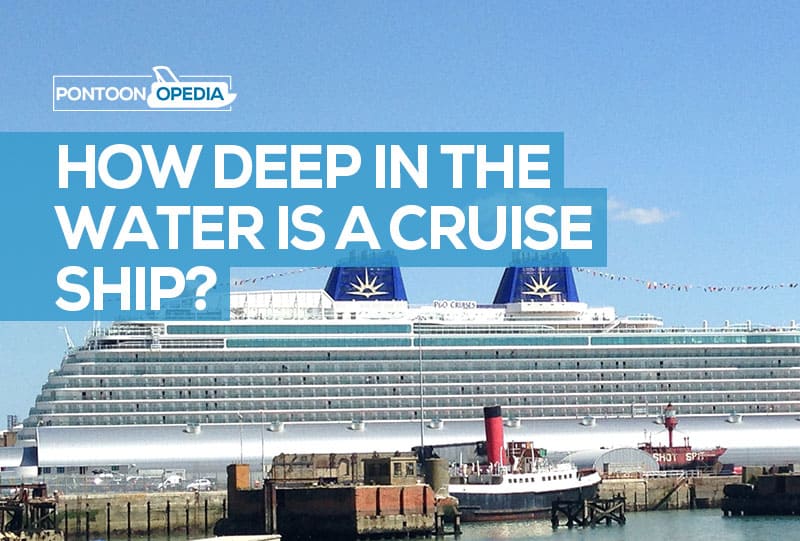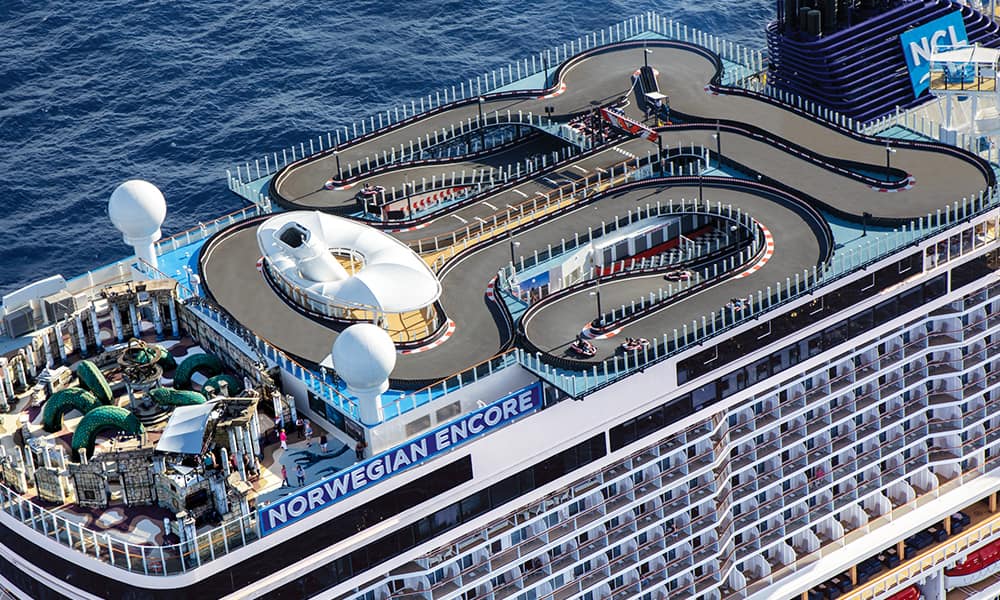Table Of Content

But "knot" isn't simply a misspelled nickname for "naut" (as in nautical mile). Its origins are far more literal, according to the United States' National Ocean Service. "The real objective is to go 18 or 19 knots much more efficiently, (and) the thing that makes it able to do that also makes it faster." The measurement of miles on land dates back to Roman times and is based on 1,000 paces (only counting the left foot). Nautical miles were defined much later, in 1929, and are based on degrees of latitude around the earth.
How Fast Do Cruise Ships Go?
I’m Bobby Pham, but you can call me “Bobby on Cruise.” I’ve been cruising the high seas and exploring the world for years, and I’m thrilled to share my passion and expertise with you. When not cruising, I spend my time on growing my marketing agency. So, here’s the scoop on how speed affects your itinerary on the high seas.

How Long Does It Take To Cross The Mediterranean Sea?
Other notable cruise ships include Royal Caribbean International’s Quantum class of ships which features a maximum speed of 22 knots. These ships also come equipped with four massive thrusters located along the sides of the hull. Each thruster generates up to 5,200hp of thrust allowing the vessel to reach speeds over 25 knots.
Factors Affecting Cruise Ship Speed
Smaller ships can go faster because they carry less weight, while ocean liners are designed to be more aerodynamic. When planning your cruise vacation, it’s beneficial to research the typical speeds of the ships you are considering. The speed of a cruise ship can impact the overall duration of your voyage and the amount of time you have to explore each destination.
Fuel Conservation
The ship currently sails in Asia, but in 2005 a freak 40 foot wave in the Mediterranean broke through a window on the bridge and did some damage to the ship’s engine controls. In 2014 the vessel was sold to Bohai Ferry Company for $43 million dollars. Chinese Taishan is only a 24,427 ton vessel with a maximum capacity of 927. Maritime Page is your go-to source for all things related to the maritime industry, from personal watercraft to the largest seagoing cargo ships and cruise vessels.
Why Can Newer Cruise Ships Go Faster?
Otherwise, a cruise ship would burn too much fuel and zip past gorgeous scenery. On average, a cruise ship can travel around knots per hour, which is equivalent to around miles per hour. Cruise ships typically travel at speeds of around 20 knots, which is equivalent to 23 miles per hour. Ships drilling their way through the water experience more resistance than a car cruising down the highway. This results in monstrous energy consumption and big boats burn through fuel fast when traveling at top speeds.
So, the need for speed on the high seas isn’t just about getting you to the buffet faster. Rather, it’s a delicate ballet of factors, from hull design to ocean currents, and even those legal regulations. But while we’re pushing boundaries in speed, we’re also eyeing efficiency and sustainability.
How is cruise ship speed measured, and how fast is a knot in miles per hour?

In the 17th century, ship crews measured vessel speed by tossing a rope with several evenly spaced knots and a triangular-shaped piece of wood into the water. As the ship moved, currents created resistance against the wood, causing more rope to be pulled into the water over a specified period of time. When time was up, crew members would pull the rope in and count the knots. Depending on the exact ship, cruise ships can get up to a good speed given the need. MS Chinese Taishan, formerly known as Grand Voyager and Costa Voyager, has a blazing top speed of 28 knots.
What happens to cruise ships when they die? - Business Insider
What happens to cruise ships when they die?.
Posted: Sun, 24 Dec 2023 08:00:00 GMT [source]
Another reason cruise ships don’t go faster is to minimize motion and sea sickness and ensure passengers have a smooth journey. While they want passengers to feel like they’re on a cruise ship, it’s also nice to be so comfortable that they forget they’re on a cruise ship. That said, the top speed of a vessel would be around 30 knots, which is about 35 miles per hour. Currently, the record for the fastest ocean liner in the world is held by the SS United States, with a speed of 38 knots. The classic ocean liner had a total horsepower of 240,000 and four 18 ft propellers. The ship’s design and material also had an impact on the speed of the SS United States.
The maximum speed for most cruise ships is between knots per nautical mile, which is a maximum of 35 miles per land-based mile. Currently, Cunard’s Queen Mary 2, a transatlantic vessel, has the fastest speed for a modern day passenger ocean liner with 30 knots as her maximum speed. A modern cruise ship typically travels at a speed of about 20 knots (23 miles per hour) throughout the day and night.
Most ships sail at a comfortable cruising speed for the majority of one sailing. The speed of your cruise ship varies greatly depending on the ship’s size and engine power. The cruising speed is often decided considering the ship's fuel consumption as well.
So far, we’ve discussed how fast cruise ships go (on average), as well as how to measure travel speed in knots. Now let’s take a look at four different factors that affect cruise ship traveling speed. Instead, cruise ships generally travel at an optimized cruising speed. This speed is fast enough to make it to the next port of call on time but slow enough to provide a safe, comfortable journey for all aboard. QM2's Transatlantic crossing distance is almost 3,000 nautical miles, or ~3,400 statutes/normal miles (5,500 km), and this is done in less than 7 days.
The maximum top speed of a cruise ship is around three knots faster than its real-life average cruising speed. The fastest cruise ship, Cunard’s Queen Mary 2, can reach top speeds of up to 30 knots. With advancements in technology and design, it's likely that cruise ships of the future will be able to achieve higher speeds without sacrificing passenger comfort or fuel efficiency. The use of alternative fuels, more efficient engines, and advanced hull designs will all contribute to the evolution of cruise ship speeds. Most of the time, cruise ships operate at cruising speed, which is sometimes referred to as service speed. Cruising speed is not the highest speed a boat can reach, but a rate that provides a smooth, comfortable ride and saves fuel.
Route and itinerary planning are integral to determining cruise ship speeds. Longer routes between ports may require higher speeds to keep up with the scheduled itinerary. Alternatively, shorter routes or those in close proximity to ports might allow for slower speeds, ensuring passengers can take in the sights and experience a relaxing voyage.


No comments:
Post a Comment